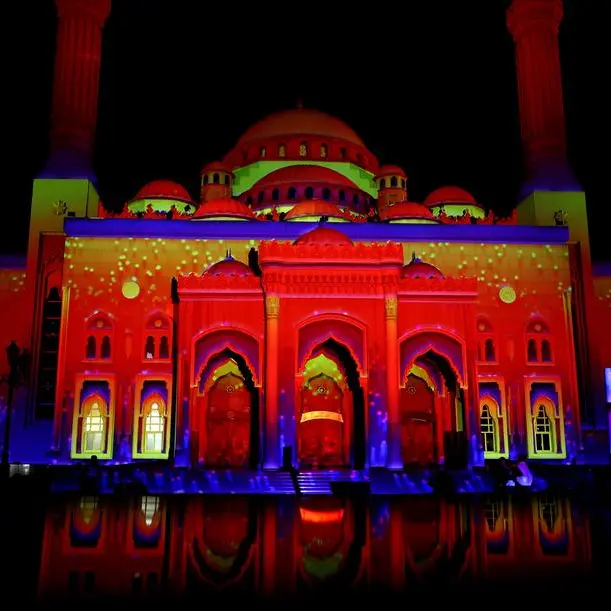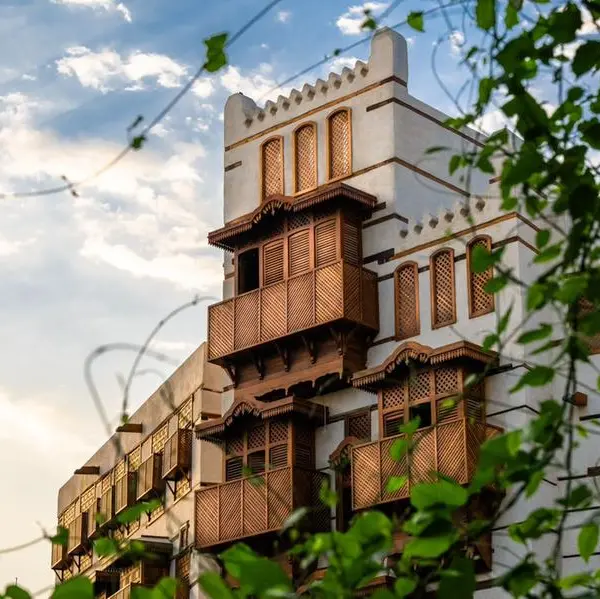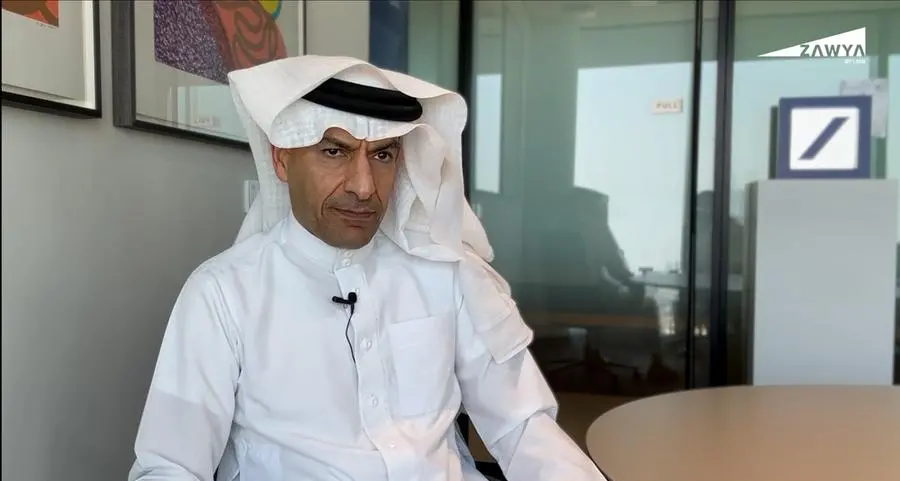PHOTO
UAE - Al Manhal Palace – the former home of the UAE Founding Father, the late Sheikh Zayed bin Sultan Al Nahyan, where he planned with his closest advisers the creation of a new country and where the UAE flag was first raised simultaneously with Union House in Dubai to signal the birth of the nation on December 2, 1971 – has been included in the initial list of 64 buildings and sites in Abu Dhabi that will be “unconditionally protected and preserved for future generations”.
As part of the Modern Heritage Conservation Initiative by the Department of Culture and Tourism Abu Dhabi (DCT Abu Dhabi), no demolition applications will be allowed for these buildings. “Instead, priority will be given for them to be maintained and rehabilitated in accordance with their designated grade.”
The structures are part of Abu Dhabi’s cultural identity because of their architectural, historical, societal or scientific significance.
In a video tweeted on Wednesday, DCT Abu Dhabi said: (These) “buildings, parks and facilities tell the story of who we are and where we came from as a nation. These are landmarks that represent part of our history. They are the past that should not be forgotten”.
Diverse history
The Modern Heritage Conservation Initiative includes diverse types of buildings – a hospital, a theatre, a school, mosques, parks, hotels, markets, and several commercial buildings.
Al Manhal Palace was the first purpose-built presidential palace where the flag of the UAE was the newly-created sovereign state that joined the United Nations in 1971. Another example is Al Ibrahimi Building, an award-winning structure and one of the capital’s architectural masterpieces designed by prominent Egyptian architect Dr Farouq El Gohary. There are also large-scale developments such as Sheikh Zayed Sports City, a distinct development in Abu Dhabi’s urban planning, which hosts international and regional events in the city.
Civic responsibility
In explaining the intent of the conservation initiative, DCT Abu Dhabi chairman Mohammed Khalifa Al Mubarak, said: “Our architectural and urban heritage is an extremely important element of our recent history, which deserves to be recognised and protected.”
He also underscored: “It is our civic responsibility to guard this modern heritage, not only because of the value it holds in our collective memory as residents of this emirate, but because of the historical testimony it has in telling Abu Dhabi’s story through architectural and urban identity between the traditional past and our aspirations for the future.”
As part of the Modern Heritage Conservation Initiative, DCT Abu Dhabi will continue to survey Abu Dhabi’s built environment to identify and make an inventory of other modern heritage sites to be formally registered for protection and conservation.
Copyright © 2022 Khaleej Times. All Rights Reserved. Provided by SyndiGate Media Inc. (Syndigate.info).
Angel Tesorero























